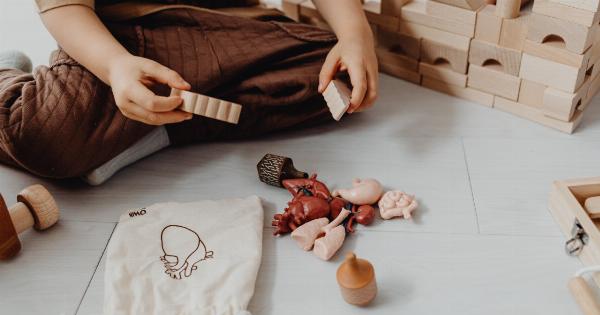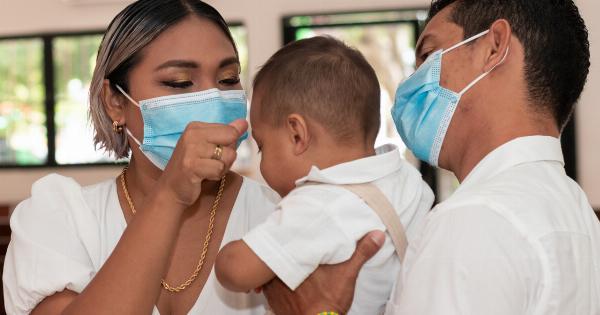Babies are known for their adorable smiles that can light up any room.
But what is the science behind your baby’s first smile? Is it just a reflex, or is there something more to it? Here’s what you need to know about the science behind your baby’s first smile.
When do babies smile for the first time?
Most babies will smile for the first time between six and eight weeks after birth. However, some babies may start smiling as early as just a few days old, while others may take a little longer to show their happy expression.
The timing of your baby’s first smile is influenced by various factors such as their physical and emotional development, environment, and temperament.
Is a baby’s smile a reflex?
While a baby’s smile can be a reflex, it is usually a genuine expression of happiness or contentment. Babies are born with a set of reflexes that help them survive and interact with their environment.
For example, the rooting reflex helps them find a nipple for feeding. The smile reflex, also known as the “genuine smile,” happens when a baby feels happy or comfortable and is accompanied by other positive signals, such as cooing or laughter.
This kind of smile is more than just a physical reaction – it involves brain activity and emotional response.
What happens in the brain when a baby smiles?
When a baby smiles, it triggers a complex chain of events in their brain. The act of smiling engages the facial muscles, which sends signals to the brain’s emotional center, the amygdala.
The amygdala then activates the brain’s pleasure center, the nucleus accumbens, releasing neurotransmitters such as dopamine and serotonin that create feelings of happiness and contentment. Consequently, the baby feels good and is more likely to repeat the behavior.
Why do babies smile?
Babies smile for many reasons, including feeling comfortable, happy, contented, or even just practicing their facial expressions. Smiling is also their way of communicating with you and others around them.
For example, a baby may smile in response to a caregiver’s soothing voice or a friendly face. When a baby smiles, it also helps build positive relationships and attachment with their caregivers.
How can you encourage your baby to smile?
There are various ways you can encourage your baby to smile, including:.
- Talk to them in a soothing voice
- Make gentle faces and expressions
- Play with them using toys or games with bright colors and sounds
- Cuddle and hold them close
- Sing or play music for them
What are the benefits of your baby’s smile?
Your baby’s smile provides various benefits, including:.
- Strengthening your bond and attachment with your baby
- Boosting your baby’s emotional development and sense of well-being
- Encouraging positive social interactions and communication skills
- Reducing stress and improving your mood as a caregiver
Conclusion
Your baby’s first smile is much more than just a simple reflex. It involves complex brain activity, emotional response, and social and communication skills.
As a caregiver, you can encourage your baby to smile by providing a loving and nurturing environment and engaging in fun and interactive activities. So, enjoy your baby’s first smile – it’s a precious moment that you will cherish forever!.































